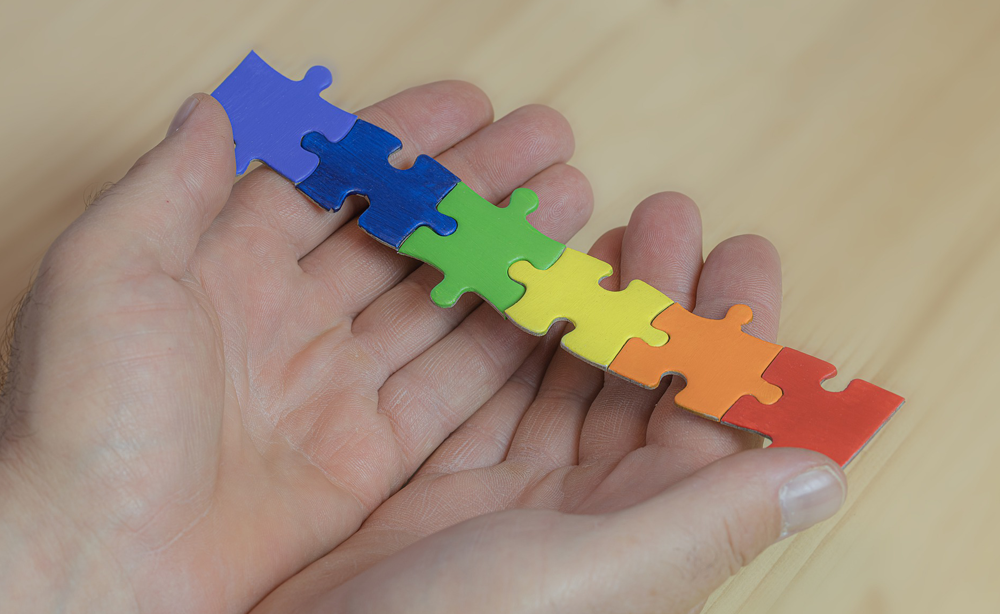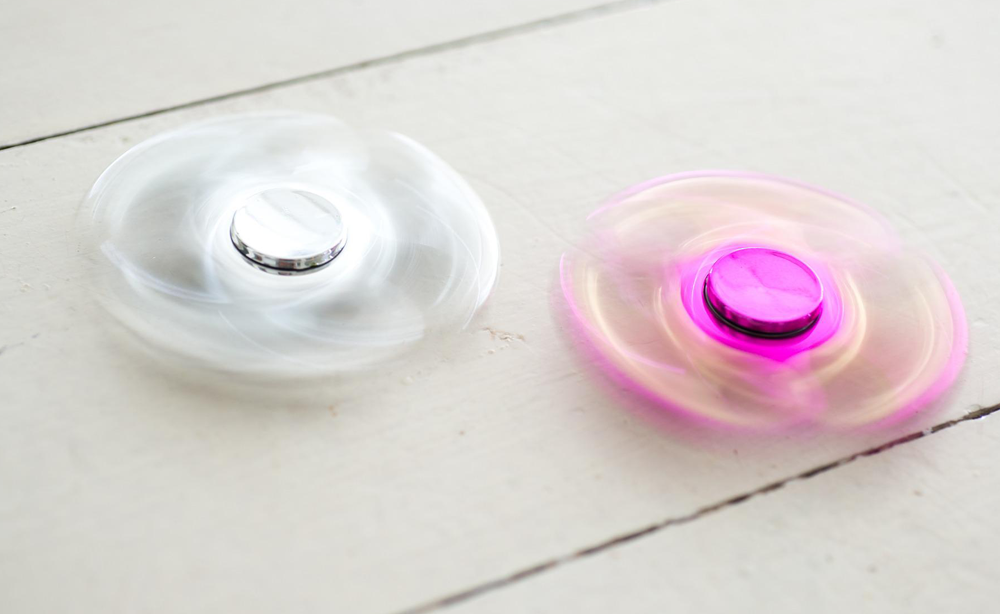Developing a Night Time Routine for Your Child with Autism
The first episode of the Autism Minute is presented by Katie Meyer, a BCBA at our Warsaw center. Her video describes how to create a night time routine for your child, to help them get to bed faster and stay asleep longer.
| Hi, I’m Katie Meyer. I’m a Program Manager at Lighthouse Autism Center in our Warsaw location. I have worked at Lighthouse for over three years and I am a parent myself to two girls who are three and five years old. I developed a passion for applied behavior analysis in my Undergrad in college and chose to pursue a Master’s Degree from Ball State University. I have been Board Certified since February of 2014 and one of my favorite parts about working as a Behavior Analyst is helping parents at home make those more difficult tasks just a little bit easier. |
| Today we’re going to talk about the importance of a bedtime routine for kids who have autism. Often, when we have new kids start at Lighthouse, parents report that their child does not sleep through the night, follow any sort of bedtime routine or has difficulty falling and staying asleep. Well, this is not uncommon for kids who have autism. There are strategies to help your child have a better night’s sleep and develop a routine for getting ready for bed. |
| After developing a routine with your child, you should be able to help your child fall asleep faster, experience less nighttime wakening and you could also potentially help your child be more alert during the day due to obtaining more sleep. For kids without bedtimes, it’s very difficult to implement a bedtime routine with a new sleep time if this is done abruptly. The first step in developing a routine is to first identify what time your child is falling asleep most nights. This time could be late. Even 11:00 or 12:00 at night. |
| The second step is identifying an ideal time you want your child to fall asleep. With the idea that this will be your target time for bed. Next you’ll want to build a routine of four to five steps that you begin to follow every night, with each step taking five minutes at most with the majority of time being spent in bed, reading with mom and dad or just looking at a book with pictures. |
| For example, you can set the routine thirty minutes before the child’s current bedtime. Have your child go potty, brush their teeth, put on pajamas, then read a book with mom or dad. The first time you implement this routine, you will begin thirty or minutes or so before their current bedtime and start roughly ten minutes earlier after a week of starting at that current time until you get to the desired bedtime for your child. |
| Before starting the routine each night, give your child a thirty minute warning that it is almost time to begin the bedtime routine. Give your child this warning again at twenty, ten and five minutes before bed. Once you begin working through the steps of your nighttime routine, continue doing so until it is finished and do not allow any interruptions. If your child refuses to stay in bed at the end of the routine, you should engage in what we can an extinction procedure. |
| You’ll do this by putting your child back in bed, tucking them back in and saying, “It’s time for bed.” You should not say anything else to your child at this time and you should walk back out of the room. If your child continues to get out of bed, continue to use this same procedure until they stay in bed and fall asleep. Keep in mind, you will likely see this behavior increase for a few days before it works and it will take many tries until your child finally falls asleep on their own. |
| To wrap up, by developing a routine for your child, you could potentially help them fall asleep faster, get more rest at night and improve their alertness throughout the day due to getting more sleep. By following these steps, you can begin a nighttime routine with your child. Identify their current bedtime. Establish a desired bedtime. Make a routine of four to five steps. Give your child a thirty minute warning before beginning the routine. |
| Thirty minutes before their bedtime, go through the established nightly routine. Follow through with the routine by engaging in the extinction procedure if necessary. Finally, move up bedtime by ten minutes once a week until the desired bedtime is achieved. Check out our website at www.lighthouseautismcenter.com for a copy of this presentation as well as links to resources that could help you. |








